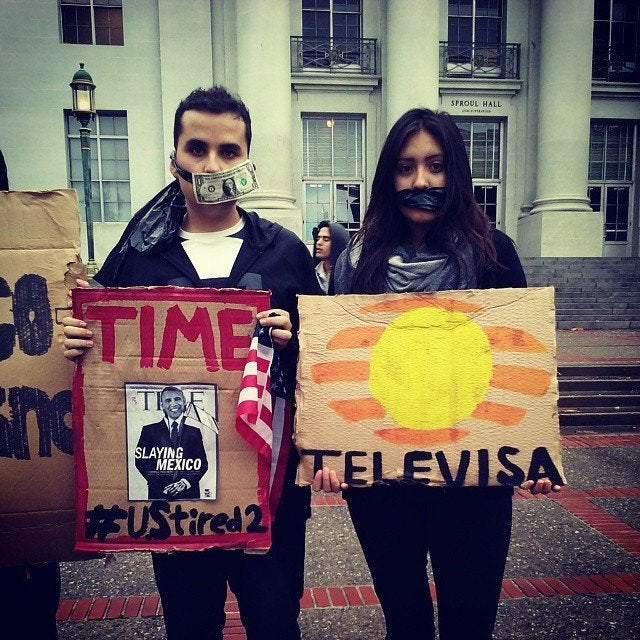MEXICO CITY, Sept 6 (Reuters) ― Mexico’s official account of the abduction and apparent massacre of 43 students last year does not add up, a team of international experts said on Sunday, citing deep flaws in the government’s investigation and dismissing its claims that the victims were incinerated in a garbage dump.
The case provoked a global outcry after the missing students were abducted in the city of Iguala in southwest Mexico on Sept. 26, 2014.
The government’s failure to capture the killers or even persuade Mexicans that its investigation was serious has hit President Enrique Peña Nieto’s reputation, and the report on Sunday was certain to pile more pressure on.
Commissioned by the Inter-American Commission on Human Rights (IACHR) and conducted by respected investigators from Chile, Colombia, Guatemala and Spain, the report blasts holes in the Mexican government’s central claim that the students were burned to ashes in the nearby town of Cocula.
“That event never took place,” one of the investigators, Carlos Beristain, told reporters on Sunday, citing evidence from the site. “There should be a refocusing of the investigation based on these facts.”
The parents of the victims cheered the report, and vowed not to let up on the government until their children are found, adding their faith is with the independent experts and they no longer trusted official investigators.
“We’ve had enough of the government’s crap,” Mario Cesar Gonzalez, the father of one of the missing students, said at a press conference. “We’re poor, but we’re not stupid.”
Mexico Attorney General Arely Gomez said she would seek a new probe to ascertain whether the missing students were in fact burned in the dump, adding that the government will extend the stay of the independent experts so they can keep investigating.
On Twitter, Peña Nieto thanked the IACHR for its report, and said the government would analyze the findings and incorporate them into its investigation.
“DAMNING INDICTMENT”
“This report provides an utterly damning indictment of Mexico’s handling of the worst human rights atrocity in recent memory,” said Jose Miguel Vivanco, Americas Director at Human Rights Watch. “Even with the world watching and with substantial resources at hand, the authorities proved unable or unwilling to conduct a serious investigation.”
So far, the remains of only one of the missing students has been identified.
Peña Nieto’s government says the students were abducted by corrupt local police, working in league with a local drug gang, who confused the students with members of a rival cartel.
Citing confessions of the alleged perpetrators, it says the police then handed them over to members of the local cartel, known as “Guerreros Unidos,” or “United Warriors,” who took them to the local dump and incinerated them.
But a Reuters report published this week showed the government probe was plagued by a litany of errors, and that key parts may need to be redone.
The IACHR experts were unable to determine what happened to the students, saying that much is still unknown, but they did suggest avenues for closer investigation.
For example, they flagged the fact that missing evidence includes a bus seen on security camera footage from the night of the attack. The students commandeered several buses that night and local police opened fire on them.
In their report, the experts suggested the missing bus may have been carrying a shipment of cash or drugs, citing the fact that prosecutors in Chicago found that the Guerreros Unidos cartel transports heroin from Iguala to the United States in secret bus compartments.
The issue should be investigated and may be the motive for the attack, the experts said.
In recent months, they have conducted dozens of interviews with detainees and witnesses, and examined the possible role of an army battalion located only a few blocks from where most of the students are believed to have been abducted.
The team was denied interviews, however, with 26 soldiers who had contact with the students that night.
Also on HuffPost:

